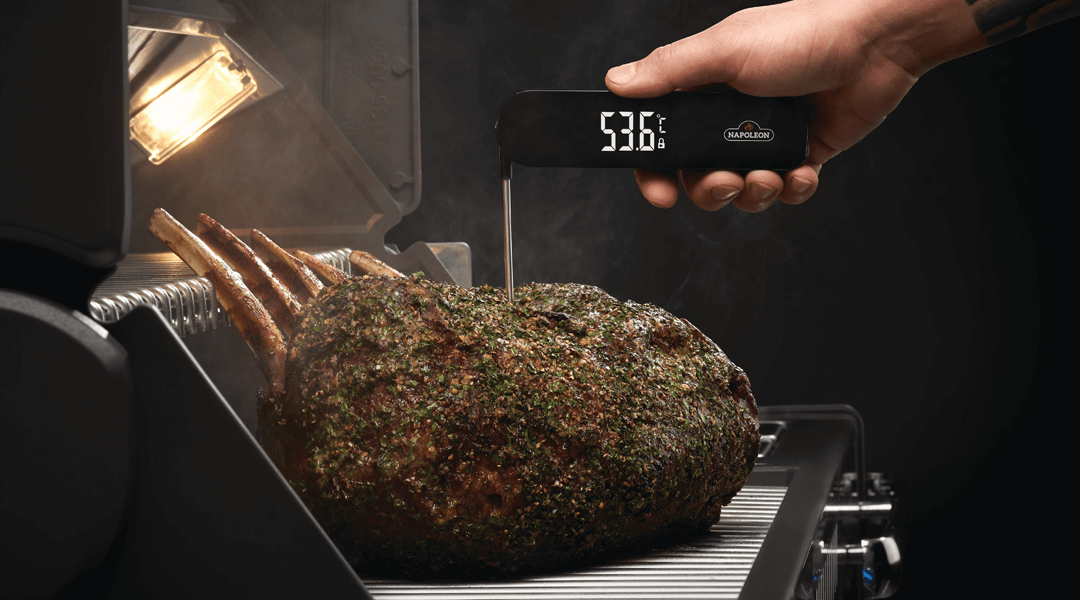Original link: https://www.napoleon.com/en/ca/barbecues/blog/science-bbq-how-bbq-thermometers-work
Barbecuing is a perfect blend of science and art, where precision is the key to mastering perfectly seared steaks, tender brisket, and juicy chicken. And at the core of precision grilling is a tool no pitmaster should overlook—the BBQ thermometer. Choosing the right one and understanding how it works can mean the difference between perfection and disappointment. This ultimate Napoleon Grilling Guide breaks down the Science of Barbecue, explores different types of thermometers, and reveals how they work so you can cook with confidence and achieve flawless results every time.
Types of Thermometers
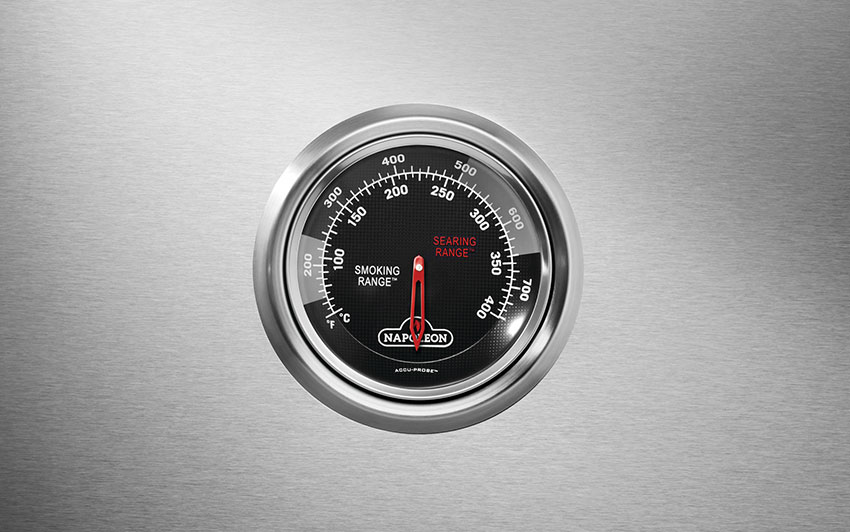
Analogue Thermometers
Analogue thermometers, often built into grill hoods, use metal coils made of copper, steel, or brass that expand or contract with heat, moving a dial to display the air temperature. Napoleon’s lid thermometer uses a bi-metallic strip, which works by bonding two types of metal that expand at different rates when heated, causing the strip to bend. This change in shape provides a temperature reading, indicating the air temperature inside the BBQ. All Napoleon barbecues include a highly calibrated lid temperature gauge designed for general use.
Another analogue version would be in the form of a thermometer that is inserted into meat that features a dial. They function the same way as the analogue thermometers above. Some of these can be left in the food you are cooking, within the cooker, however, many cannot as they are made from plastic and will melt. This type of thermometer also cannot be submerged in water for cleaning as it becomes damaged and stops working.
Digital Thermometers
Digital thermometers are the modern solution for precise temperature readings and come in two primary styles:
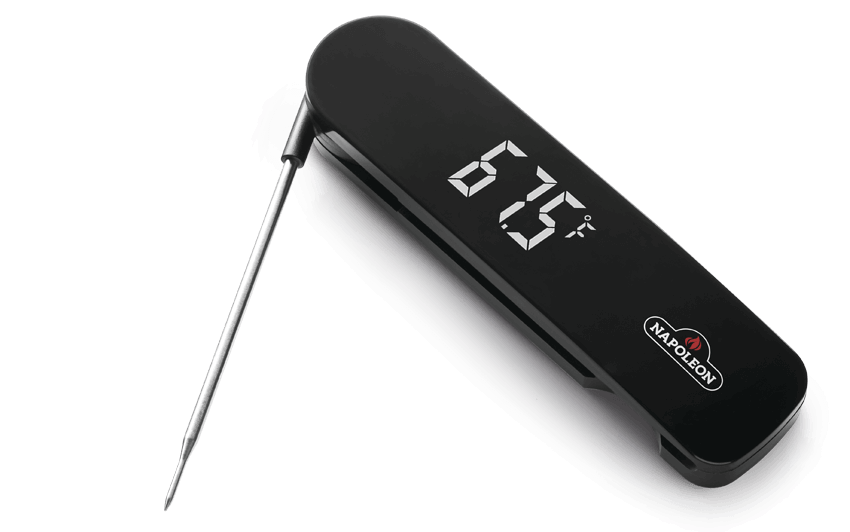
Thermocouple Thermometers
There are a couple of different thermocouple thermometers. Napoleon’s Prestige Connected Gas grills use a K-type thermocouple. K-type thermocouples are created by welding two different metals, chromel and alumel, together. When heated, these metals generate a voltage, which is then measured to provide highly accurate temperature readings across a wide range. Napoleon places the thermocouple near the cooking grids to measure the temperature as close to the food as possible. This gives users an additional, precise reference point to better monitor and control the BBQ’s internal temperatures.
Instant-read thermometers also use thermocouple technology and feature a slim probe end with a digital display. Known for their speed and accuracy, they measure the voltage created when nickel or chromium in the tip reacts to heat. Perfect for quick checks, they minimize heat loss during barbecuing but cannot be left inside the cooker.
Thermistor Thermometers
Designed for continuous monitoring, the thermistor-style thermometer tends to have thicker probes that are ideal for larger cuts of meat like brisket or whole poultry. Thermistors are made with semiconductor materials that change their electrical resistance when exposed to different levels of heat. Usually, they are wired, connecting them from the probe to the display. By measuring these resistance changes, the temperature can be accurately determined.
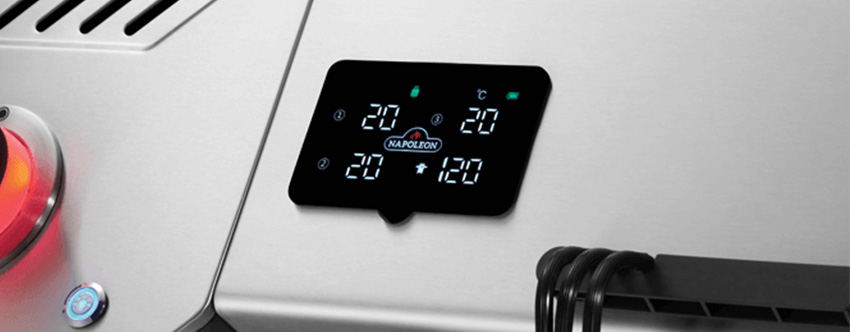
A Prestige Connected Series BBQ comes with three wired thermistor probes to ensure that you are cooking with confidence. Using app-based software, you can receive alerts, estimated cook times, and even become more adventurous with recipe suggestions.
Wireless Digital Thermometers
Wireless thermometers bring BBQ technology into the digital age. They combine thermistor mechanisms with Bluetooth or Wi-Fi capabilities, sending real-time updates to your favourite smart device. These are excellent for monitoring rotisserie cooks without opening the lid and come with app-based features for alerts, estimated cook times, and resting periods. Wireless thermometers are perfect for multitaskers who want precision without constant grill-side monitoring.
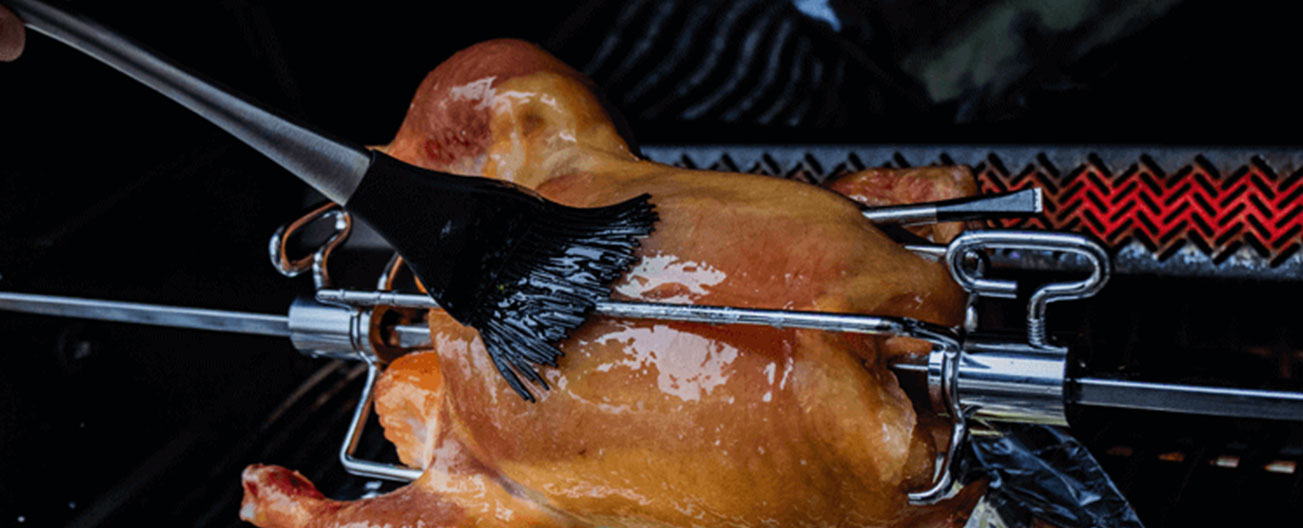
Why Should You Use a Digital Thermometer?
Cooking without a thermometer is like cooking blindfolded: you’re just guessing. A digital thermometer ensures food safety and culinary success by preventing undercooking, overcooking, and food waste. While analogue thermometers are cost-effective, they can’t compete with the accuracy and versatility of digital options.
How to Choose the Right Style for You
With the right thermometer, every meal can be a masterpiece. Your Napoleon BBQ, paired with precise temperature control, ensures perfect results every time. Just remember:
- Instant-read thermometers are ideal for those who stay close to the BBQ
- Wireless models are perfect for multitaskers who enjoy a hands-off cooking approach
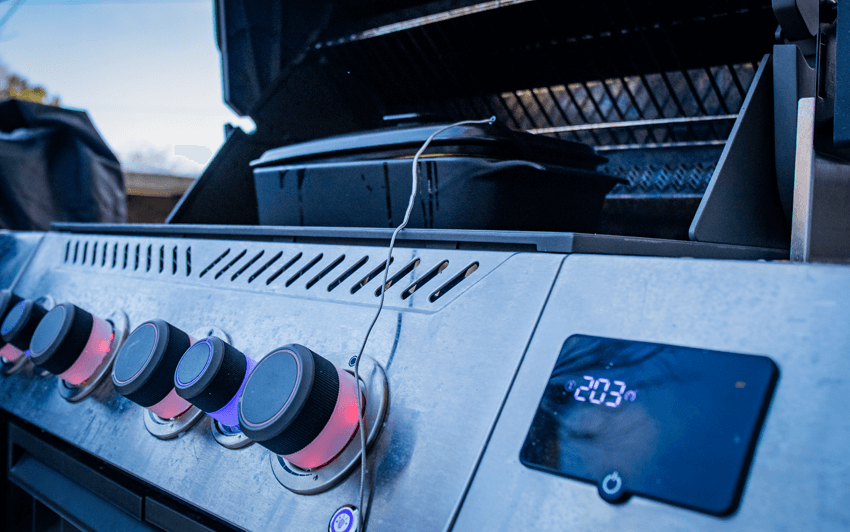
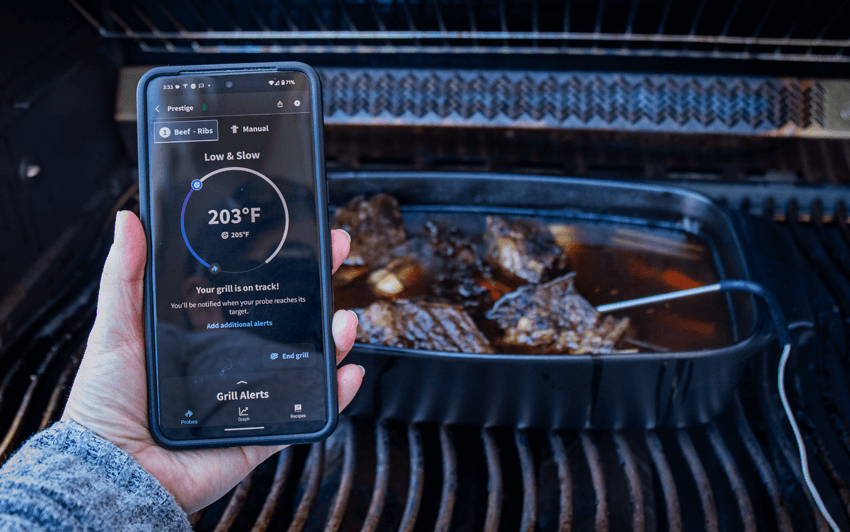
People Also Asked:
How Accurate is my BBQ Thermometer?
Analogue thermometers can have a variance of 50°F to 100°F when tested against other thermometers. Napoleon’s in-hood thermometers have been expertly calibrated, but they should only be used as a guideline due to the fact that they are measuring the ambient temperature at the top of the BBQ and not close to the grids. Remember, hot air rises. Digital Thermometers have a variance of less than 0.5°F to 1°F. They are much more accurate.
How Do I Know if my Meat Thermometer is Working Correctly?
You can test your thermometers by placing the probe end carefully into boiling or ice water, being careful not to touch the sides of the container. Boiling water should read 212°F (100°C) and the ice water should read 32°F (0°C).
Do You Leave Meat Thermometers in While Grilling?
You should only leave the BBQ Meat Thermometers that are known as safe to use while cooking. Others are made with materials that may not be safe to leave in or near a heat source for extended periods. Wired and wireless meat thermometers are generally safe to leave, while instant read and some analogue thermometers are definitely not.
How Can You Tell if Meat is Cooked Using a BBQ Thermometer?
When you use a BBQ meat thermometer you need to know the finished temperature of the food you are cooking. Insert the thermometer probe into the meat almost all the way, then pull it back. Watch the readout and once the temperature begins to climb again as you are slowly pulling the probe out you have passed the mid-point of the meat. Push the probe back in until you get the lowest temperature. This will indicate where you are in the cook and how close to finished your food is. If you are following a recipe, it should indicate the proper finished temperature.
For more information about the finished temperature of certain meats, check out these other blogs:
The Science of BBQ – What Determines Finished Temperature When Cooking
The Safe Temperature For Chicken & More Meat Myths
The Safe Temperature For Beef & Other Meat Myths
The Safe Temperature For Pork & Other Meat Myths
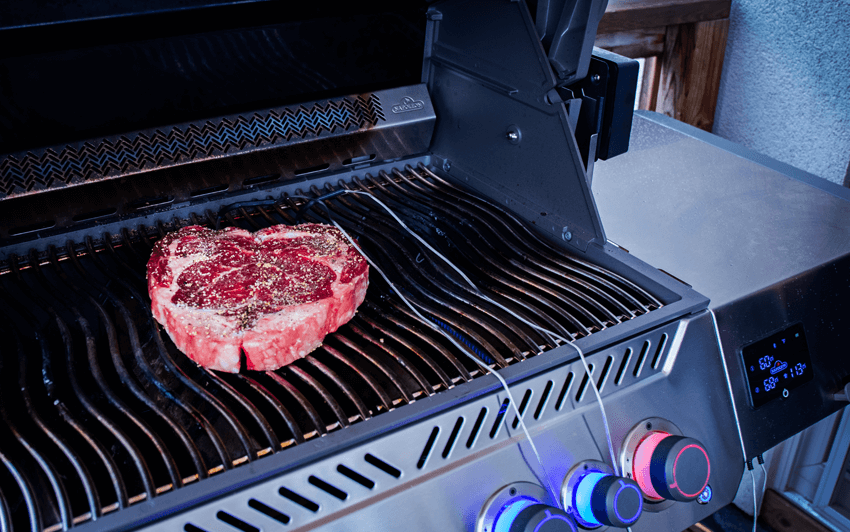
Mastering the Grill with the Right Thermometer
From timeless analogue thermometers to cutting-edge wireless tech, these tools are the secret to mastering the grill. Understanding how they work and choosing the right one isn’t just about cooking—it’s about achieving barbecue perfection. Fire up your Napoleon, grab your go-to thermometer, and let the Science of Barbecue take your grilling to the next level.
Do you use BBQ Meat Thermometers when grilling? Share your recipes, success stories (or disasters), and photos with us on social like our Facebook and Instagram pages using the hashtags #NapoleonEats and #NapoleonGrills.

